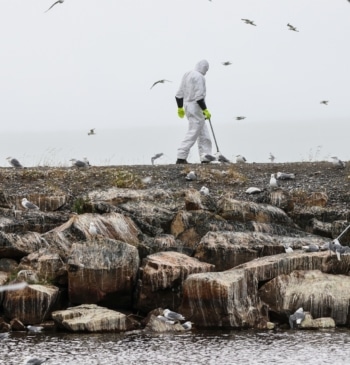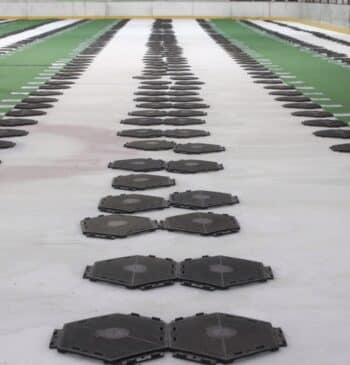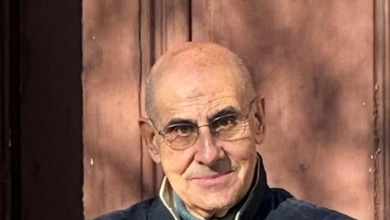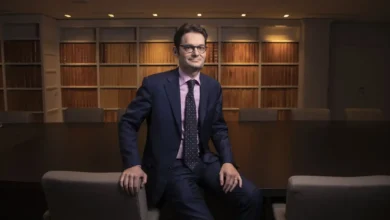La fundación World Press Photo ha publicado la selección de imágenes que optan a las distintas categorías del premio fotoperiodístico más importante del mundo. El accidente aéreo de Ethiopian Airlines, en el que murieron 157 personas y las protestas sociales en Argelia y Hong Kong, se encuentran entre los temas de las fotos nominadas en esta edición a la edición de 2020 del World Press Photo. Las nominaciones seleccionadas por el jurado se centran en esta edición en "la protesta y el papel de los jóvenes en la activación del cambio".
Asimismo, el jurado ha seleccionado tres imágenes individuales y tres historias en cada una de las ocho categorías del Concurso de Fotografía 2020, como Temas contemporáneos, Medio ambiente, Retratos o Deportes, entre otros.
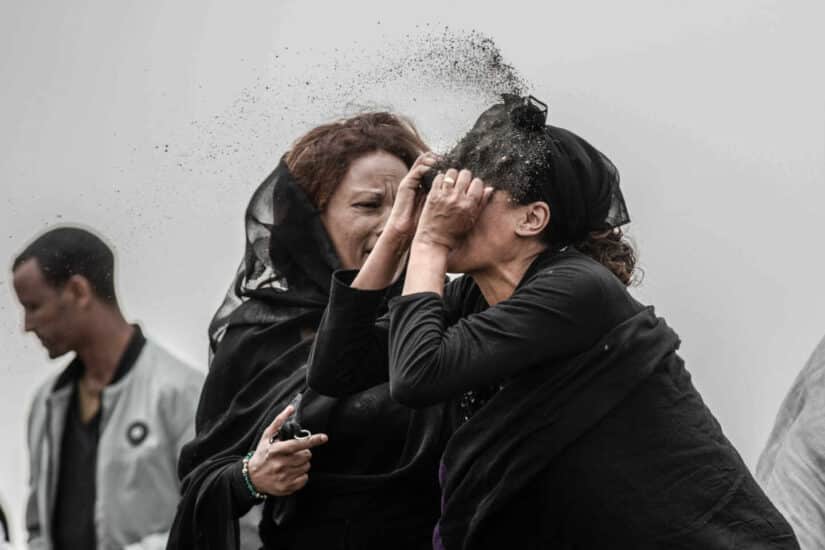
An Ethiopian relative of a crash victim throws dirt in her own face after realising that there is nothing physical left of her loved one, as she mourns at the scene where the Ethiopian Airlines Boeing 737 Max 8 crashed shortly after takeoff on Sunday killing all 157 on board, near Bishoftu, south-east of Addis Ababa, in Ethiopia Thursday, March 14, 2019. About 200 family members of people who died on the crashed jet stormed out of a briefing with Ethiopian Airlines officials in Addis Ababa on Thursday, complaining that the airline has not given them adequate information.
Candidata a Foto del año, de Mulugeta Ayene Associated Press
Candidata en categoría Deportes, de Silvia Izquierdo para Associated Press.
Aficionados del Flamengo en la final de la Copa Libertadores . Foto de Silvia Izquierdo para Associated Press.
Candidata a Foto del año, de Tomek Kaczor para Duży Format, Gazeta Wyborcza
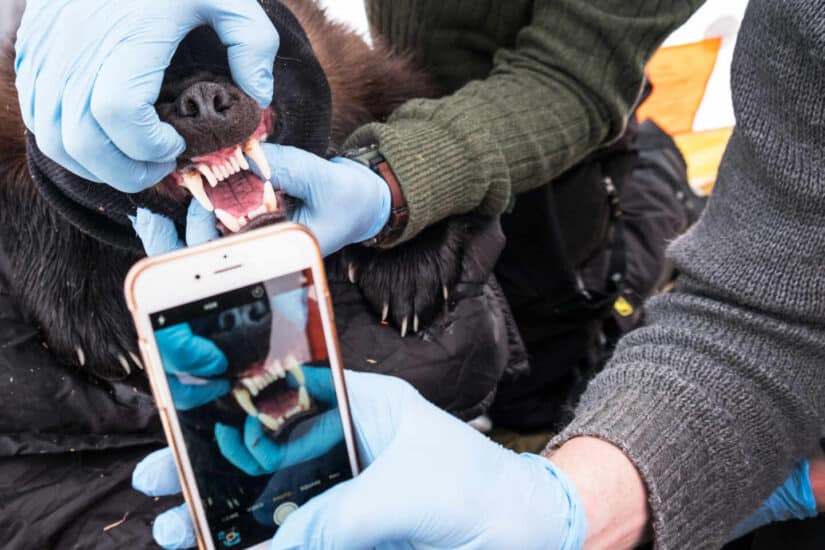
Wolverine biologist Tom Glass takes a picture of a wolverines teeth, to be used for identification and a health check, during the satelitte collaring process. A wolverines teeth and jaw have the power to crush the large bones of animals. This unique ability provides them with an opportunity to feed on the left overs of bear and wolf kills, two animals that don't eat the bones of their prey.
Candidata a Historia de naturaleza, de Peter Mather
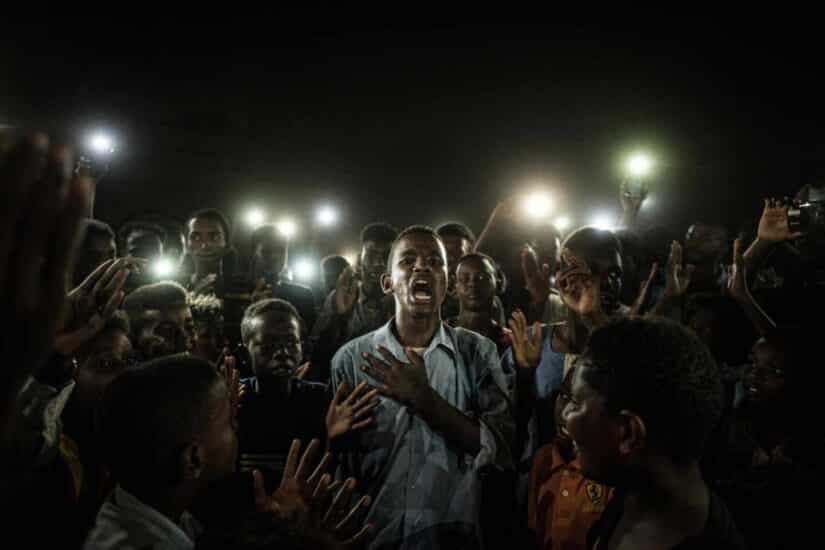
People chant slogans as a young man recites a poem, illuminated by mobile phones, before the opposition's direct dialog with people in Khartoum on June 19, 2019. - People chanted slogans including "revolution" and "civil" as the young man recited a poem about revolution. (Photo by Yasuyoshi CHIBA / AFP)
Candidata a Foto del año, Yasuyoshi Chiba para France-Presse
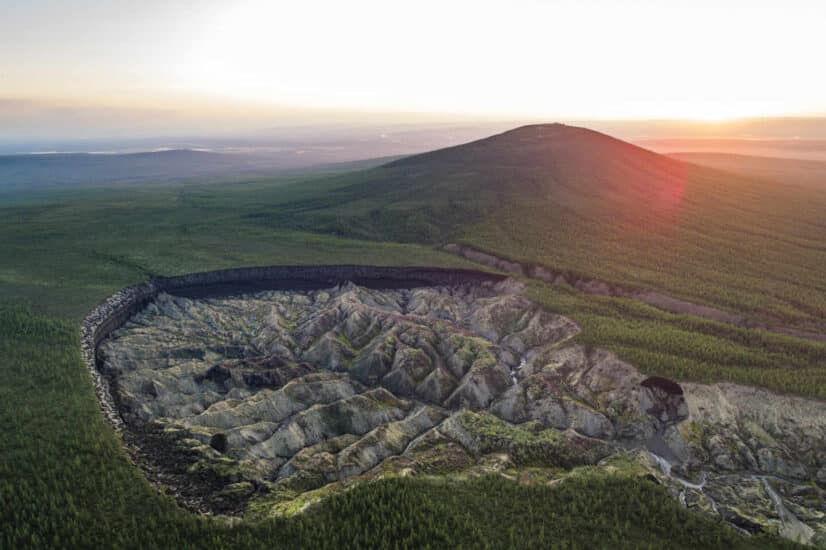
The Batagaika Crater in the Siberian town of Batagay, Russia. August 8th, 2018. The crater, known as the "hell crater" to locals, is a thermokarst depression, or permafrost “megaslump.” Roughly half a mile long and 300 feet deep, the Batagaika Crater started forming in the 1960s after nearby forests were cleared, exposing the ground to sun that heated up the ground, and the permafrost underneath it (when permafrost laced with ice thaws, earth collapses and forms craters and lakes). To this day the crater continues to grow. The ancient soils of Arctic permafrost, seen in the wall of the crater, hold the organic remains of leaves, grass, and animals that died thousands of years ago, during the Ice Age. All that carbon had been safely bound in frozen earth—until now. Arctic permafrost is thawing much faster than expected, releasing carbon gases that could drastically speed up climate change.
Candidata a Historias de medio ambiente, Katie Orlinsky para National Geographic
El cráter Batagaika en la ciudad siberiana de Batagay, Rusia. 8 de agosto de 2018. El cráter, conocido como el "cráter del infierno" para los lugareños, es una depresión termokarst de permafrost. Aproximadamente media milla de largo y 300 pies de profundidad, el cráter Batagaika comenzó a formarse en la década de 1960 después de la tala de los bosques cercanos, exponiendo el suelo al sol que calentaba el suelo y el permafrost debajo de él (cuando el permafrost mezclado con hielo se derrite, la tierra se derrumba y forma cráteres y lagos). Hasta el día de hoy el cráter continúa creciendo.
Candidata a foto de Medio ambiente
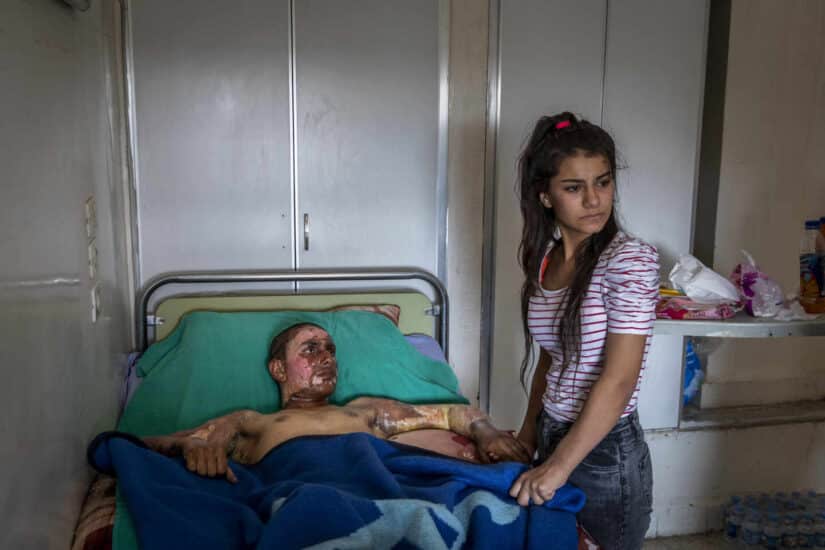
A young Kurdish SDF fighter was visited by his girlfriend for the first time, after he had been badly burnt during a battle with Turkish forces on the Syrian-Turkish border several days before. Initially she was unable to enter the room because she was so horrified by his injuries. Eventually she was coaxed into the room by a nurse and managed to hold his hand a have a short conversation.
Candidata a Foto del año de Ivor Prickett para The New York Times
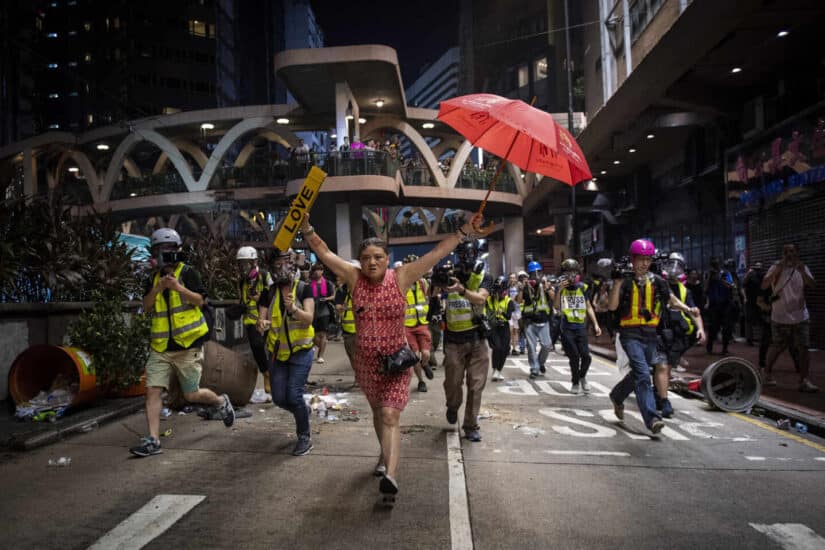
A woman holds up an umbrella and license plates, one that reads 'love', during violent protests between riot police and demonstrators in the Causeway Bay district of Hong Kong on October 1, 2019, as the city observes the National Day holiday to mark the 70th anniversary of communist China's founding Strife-torn Hong Kong on October 1 marked the 70th anniversary of communist China's founding with defiant "Day of Grief" protests and fresh clashes with police as pro-democracy activists ignored a ban and took to the streets across the city. (Photo by Nicolas ASFOURI / AFP)
Candidata a Historia del año, de Nicolas Asfouri para France Presse.
Una mujer durante las violentas protestas entre la policía antidisturbios y los manifestantes en el distrito de Causeway Bay de Hong Kong el 1 de octubre de 2019.
Candidata a mejor Historia, foto de Mark Peterson
La actividad extremista de derecha ha crecido en los Estados Unidos durante la última década, según un estudio publicado por el grupo de expertos con sede en Washington, el Centro de Estudios Estratégicos e Internacionales (CSIS). Miembros del grupo supremacista blanco Shield Wall Network celebran el cumpleaños de Hitler, en el lago Dardanelle, Arkansas, EE. UU. el 20 de abril.
Candidata a Foto del año, de Farouk Batiche para Deutsche Presse-Agentur
Candidata a Foto del año, de Nikita Teryoshin
Otros artículos de Rafael Ordóñez
Te puede interesar
Lo más visto
- 1 Avance de 'La Promesa' este lunes 7 de abril
- 2 El Gobierno 'indulta' el marquesado de Ana Torroja y otros nueve títulos otorgados por Franco
- 3 Avance de Sueños de libertad este lunes 7 de abril
- 4 La Promesa deja en shock a sus fans: alguien desentierra a Jana
- 5 El asturiano de Cifras y letras, a por el bote: "Fui a Pasapalabra"
- 6 La Abogacía tiene "dudas" sobre la ley de eficiencia y teme que la obligación de conciliar frene el acceso a la Justicia
- 7 Prisa amenaza a los accionistas rebeldes con una contra-demanda
- 8 Hay o no hay 'Cifras' y letras' este viernes 4 de abril
- 9 Zapatero, la conexión china de Pedro Sánchez
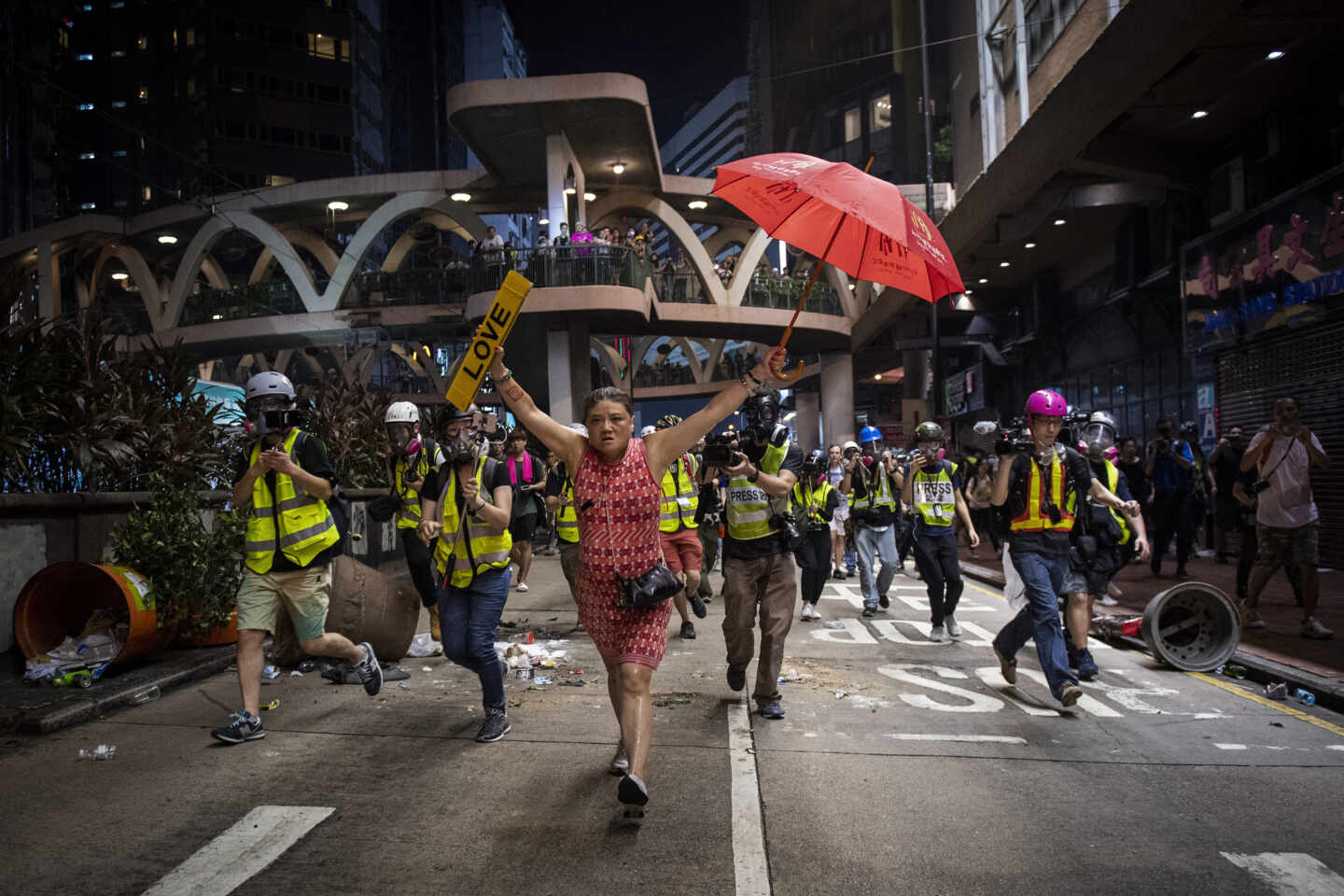

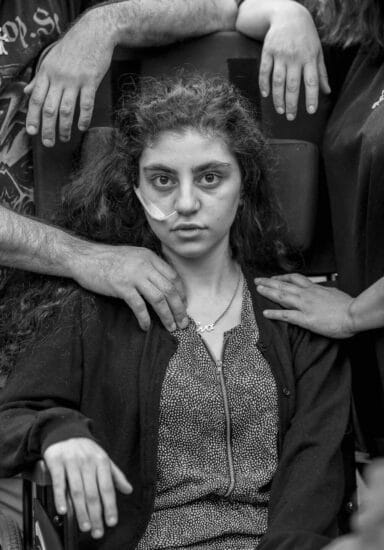
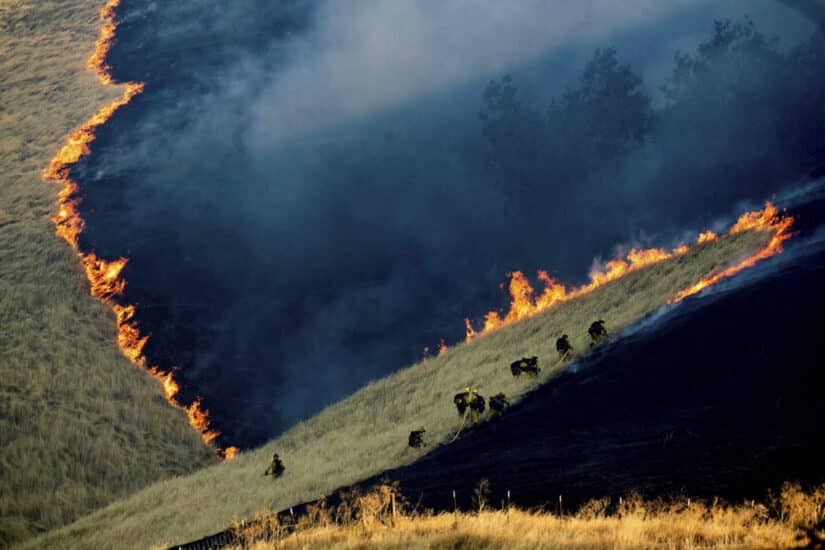
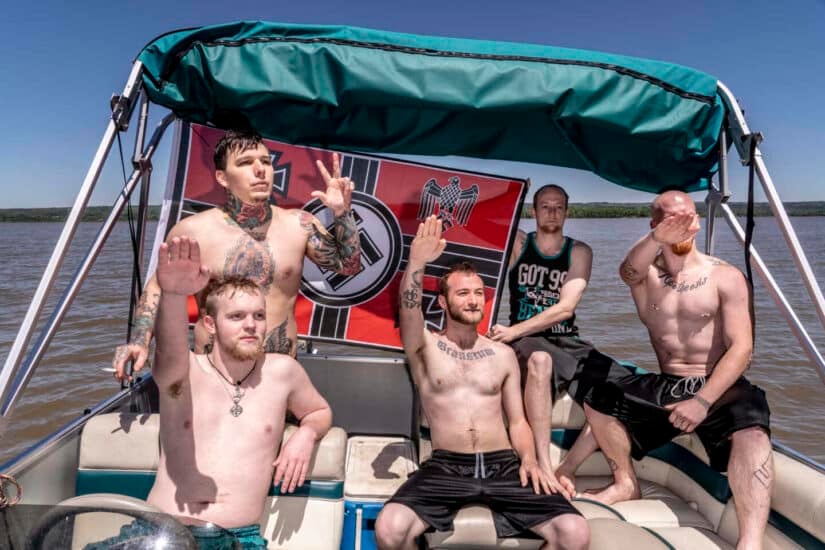
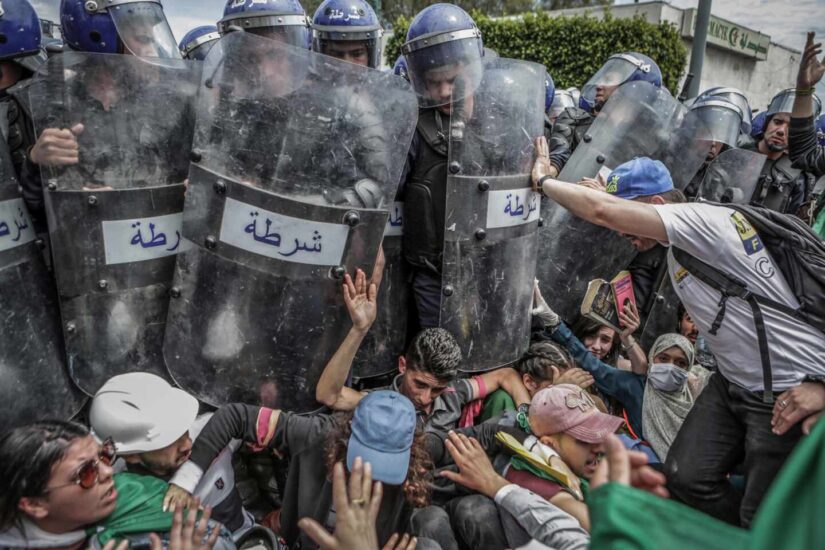

![Guerrilleros, la lucha a lo pobre que minó el imperio francés de [...]](https://www.elindependiente.com/wp-content/uploads/2025/04/oleo-de-luis-francois-lejeune-sobre-el-ataque-a-un-gran-convoy-frances-en-salinas-vizcaya-25-de-mayo-de-1812-3-350x365.jpg)
![El mapa del castigo de los aranceles de Trump a España: así [...]](https://www.elindependiente.com/wp-content/uploads/2025/04/europapress-6612894-aceitunas-xxv-muestra-aceite-quiroga-30-marzo-2025-quiroga-lugo-galicia-350x365.jpg)
![María Dueñas recupera la memoria de los 'pieds-noirs' españoles que Franco rescató [...]](https://www.elindependiente.com/wp-content/uploads/2025/03/whatsapp-image-2025-03-27-at-165816-350x365.jpeg)
![Poder, familia y ambición: Mozart se encuentra con ‘Succession’ y Trump en [...]](https://www.elindependiente.com/wp-content/uploads/2025/03/mitridate-2888-scaled-e1742676408542-350x365.jpg)
![Sánchez carga contra Feijóo por "el pacto del Ventorro" entre Mazón [...]](https://www.elindependiente.com/wp-content/uploads/2025/03/763982f4de3290cfa5096b2e8503fa326e6ce62bw-350x365.jpg)
![Alizée Delpierre, la socióloga que investigó a los millonarios haciendo de niñera: [...]](https://www.elindependiente.com/wp-content/uploads/2025/03/alizee-delpierre-sociologa-350x365.jpg)
